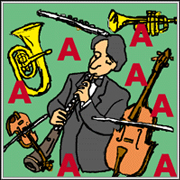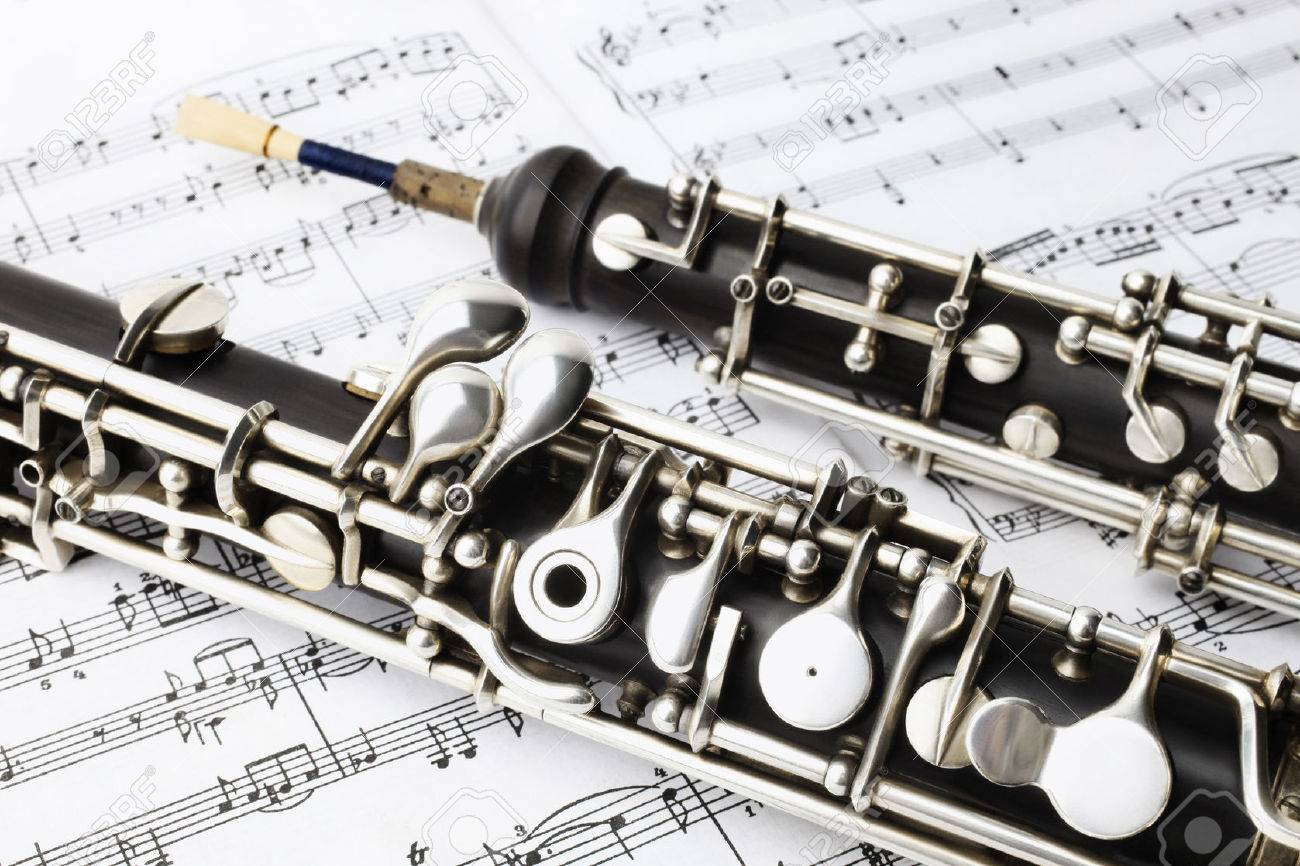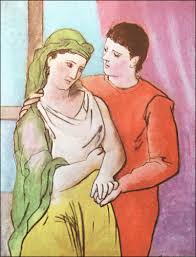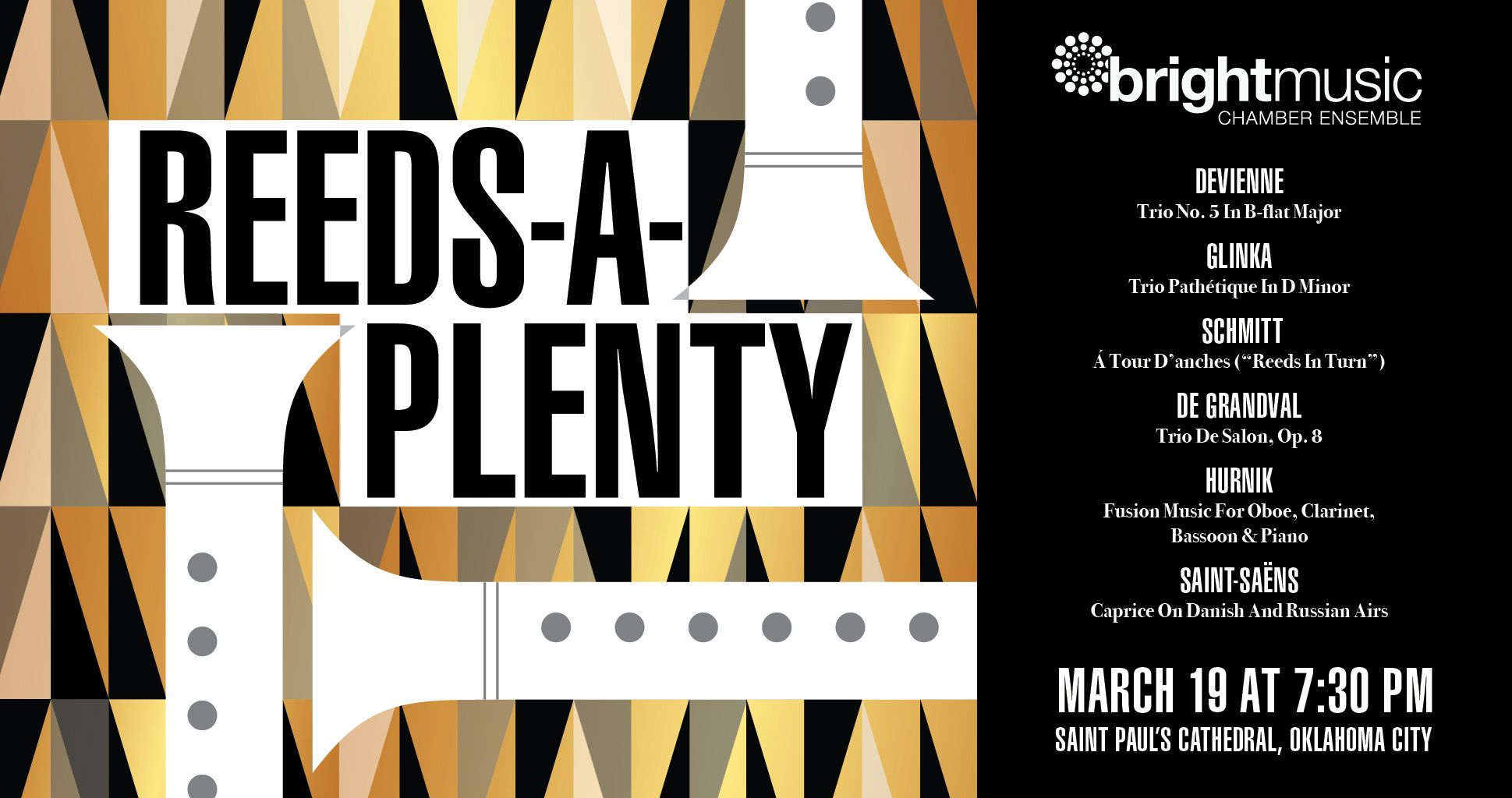Concert 4
“Reeds-A-Plenty”
Experience the Richness
Tuesday, March 19, 2019, 7:30 pm
St. Paul’s Cathedral
127 NW 7thStreet (at Robinson)
Experience the exquisite richness of woodwinds as
the Brightmusic Chamber Ensemble presents a diverse sampling of 18th-
through 20th-century works for reeds in its fourth concert of the
2018-19 season Tuesday evening, March 19, 2019. On
the program are works by Saint-Saëns and Glinka, as well as a Czech and
three of the worthiest French composers you’ve probably never heard
of. This is a rare opportunity to hear these delightful but less
frequently performed works, some by composers who are best known for
their compositions for the wind ensemble. Plenty of charm. Plenty of
splendor. Plenty of reeds!
Music Trivia Quiz: Leader of the Band
 One
reed instrument plays a unique role in the orchestra. It is the first
instrument you typically hear before every philharmonic concert. So you
may know to which instrument the other instruments in the orchestra
tune before a concert, but do you know why? See below for answer.
The works on the program are:
- François Devienne, Trio No. 5 in B-flat Major (for flute, clarinet & bassoon)
- Mikhail Glinka, Trio Pathétique in D Minor (for clarinet, bassoon & piano)
- Florent Schmitt, Á Tour d’Anches (“Reeds in Turn”) (for oboe, clarinet, bassoon & piano)
- Clémence de Grandval, Trio de Salon, op. 8 (for oboe, bassoon & piano)
- Lukáš Hurnik, Fusion Music for Oboe, Clarinet, Bassoon & Piano
- Camille Saint-Saëns, Caprice on Danish and Russian Airs (for flute, oboe, clarinet & piano)
Musicians appearing:
Parthena Owens, Flute
Lisa Harvey-Reed, Oboe
Chad Burrow, Clarinet
Rodney Ackmann, Bassoon
Ruirui Ouyang, Piano
Sallie Pollack, Piano
The performance will take place at St. Paul’s Cathedral, 127 NW 7th
Street (at Robinson). Individual concert admission is $20 per
ticket. Children, students and active-duty military personnel are
admitted free with ID. More information about this concert is available
on Brightmusic’s website at http://www.brightmusic.org.
Answer to Trivia Quiz:
 An
orchestra tunes to a precise frequency, usually 440 hertz, known as A
440. The note is first played by the oboist and the rest of the
orchestra tunes accordingly. There are a couple of explanations why the
oboe leads the tuning. First, of all the instruments, the oboe is
least affected by humidity or other weather conditions. In addition,
it is more difficult to adjust the pitch of the oboe, unlike most of the
other instruments, so the other instruments have to match the oboe.
Kind of makes you want to treat this little woodwind with more respect,
doesn’t it? An
orchestra tunes to a precise frequency, usually 440 hertz, known as A
440. The note is first played by the oboist and the rest of the
orchestra tunes accordingly. There are a couple of explanations why the
oboe leads the tuning. First, of all the instruments, the oboe is
least affected by humidity or other weather conditions. In addition,
it is more difficult to adjust the pitch of the oboe, unlike most of the
other instruments, so the other instruments have to match the oboe.
Kind of makes you want to treat this little woodwind with more respect,
doesn’t it?
BrightNews Briefs
Brightmusic’s Summer Chamber Music Festival
Intimate Portraits in Chamber Music
 Mark
your calendar for Brightmusic’s eighth annual Summer Chamber Music
Festival: June 6-11 at St. Paul’s Cathedral. This year’s festival
celebrates that most cherished aspect of chamber music—its intimacy. Intimate Portraits in Chamber Music
gets up close and personal with classical music’s most intimate
expression: the small ensemble—sonatas, trios, and quartets, featuring
works by Haydn, Beethoven, Brahms, Dvořák, Piazzolla and
others. Chamber music has covered a lot of ground since Joseph Haydn
developed the string quartet in the mid 18th century, but the art form
remains at its very core what Goethe called “a stimulating conversation
between . . . intelligent people,” with us, the audience, listening in
as rapt eavesdroppers. Chamber music is a great introduction for
children or for adults seeking to develop a deeper appreciation for
classical music. You’ll find more information on the “Concerts” page of our website, www.brightmusic.org. Mark
your calendar for Brightmusic’s eighth annual Summer Chamber Music
Festival: June 6-11 at St. Paul’s Cathedral. This year’s festival
celebrates that most cherished aspect of chamber music—its intimacy. Intimate Portraits in Chamber Music
gets up close and personal with classical music’s most intimate
expression: the small ensemble—sonatas, trios, and quartets, featuring
works by Haydn, Beethoven, Brahms, Dvořák, Piazzolla and
others. Chamber music has covered a lot of ground since Joseph Haydn
developed the string quartet in the mid 18th century, but the art form
remains at its very core what Goethe called “a stimulating conversation
between . . . intelligent people,” with us, the audience, listening in
as rapt eavesdroppers. Chamber music is a great introduction for
children or for adults seeking to develop a deeper appreciation for
classical music. You’ll find more information on the “Concerts” page of our website, www.brightmusic.org.
Concerns about Severe Weather or Road Conditions?
For concert status the day of the concert, listen for an announcement on
KUCO (90.1 FM). Or you may call (405) 550-1484, (405) 216-5595, or
(405) 550-7665 for concert status the day of the concert. Keep these
phone numbers handy—just in case.
|


 One
reed instrument plays a unique role in the orchestra. It is the first
instrument you typically hear before every philharmonic concert. So you
may know to which instrument the other instruments in the orchestra
tune before a concert, but do you know why? See below for answer.
One
reed instrument plays a unique role in the orchestra. It is the first
instrument you typically hear before every philharmonic concert. So you
may know to which instrument the other instruments in the orchestra
tune before a concert, but do you know why? See below for answer. An
orchestra tunes to a precise frequency, usually 440 hertz, known as A
440. The note is first played by the oboist and the rest of the
orchestra tunes accordingly. There are a couple of explanations why the
oboe leads the tuning. First, of all the instruments, the oboe is
least affected by humidity or other weather conditions. In addition,
it is more difficult to adjust the pitch of the oboe, unlike most of the
other instruments, so the other instruments have to match the oboe.
Kind of makes you want to treat this little woodwind with more respect,
doesn’t it?
An
orchestra tunes to a precise frequency, usually 440 hertz, known as A
440. The note is first played by the oboist and the rest of the
orchestra tunes accordingly. There are a couple of explanations why the
oboe leads the tuning. First, of all the instruments, the oboe is
least affected by humidity or other weather conditions. In addition,
it is more difficult to adjust the pitch of the oboe, unlike most of the
other instruments, so the other instruments have to match the oboe.
Kind of makes you want to treat this little woodwind with more respect,
doesn’t it?
No comments:
Post a Comment